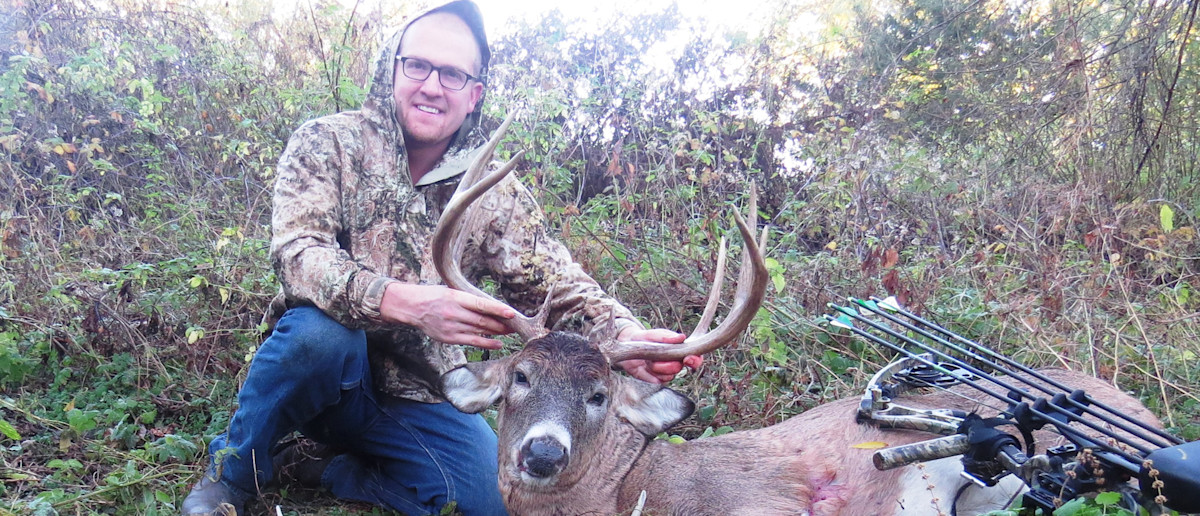
By Andy May
I call Joe Elsinger “The Professor.” He is an unbelievably successful DIY hunter from Iowa and many of his bucks come from hard hunted public lands which he chooses to hunt for the challenge. Joe frequents The Hunting Beast forum and is an incredible resource of information there. He willingly shares some very high level hunting information and is happy to help out young hunters willing to learn, shortening the learning curve for whoever has had the privilege to read his posts. That’s what I admire most about Joe. All that aside, the guy is a flat out killer. You can expect to see very few DIY hunters put down 3-4 animals every year, but Joe is one of them. I was recently able to ask Joe some questions that I’ve wanted to ask for a long time. Here they are, for us all to learn from.
Q: Joe can you tell me a little bit about the places that you hunt?
A: I grew up hunting, fishing and trapping in the bluff country of eastern Iowa and that is still home to me. I killed my first deer when I was 12. Now I hunt mostly public land and throw a net across many different areas. I enjoy the level playing field that faces every public land hunter.
In the last few years I have branched out some. Get outside your comfort zone if you want to grow. I have been deer hunting a bit in the big woods of northern Wisconsin. I love that quiet solitude. I have also been chasing elk around the mountains out west every couple years. Everyone should have the near-psychedelic experience of standing in a thick aspen grove at peak color, three miles from anywhere.
Q: How would you describe your hunting style?
A: It seems these days there are three main ways to hunt. Buy it, grow it, or hunt it down. Sure, there is some overlap, but in general each needs different tactics and skill sets. What I enjoy is hunting stuff down.
I love the chase. Everybody can likely relate to that. I am low impact or high impact depending on the situation. How do I determine strategy? That only comes with experience and learning from one or two or ten screw ups. To all you newer hunters out there, don’t be scared to jump in and screw up. That’s a valuable thing when you learn from it.
I get a lot of satisfaction in just slowly figuring out stuff myself. These days it’s easy to skip right to a trophy for your wall if you want. You can just open up that fat wallet, but the journey is what sticks with a person.
Q: I know you scout a lot. A few years back you did an online journal of your scouting season. Could you go over the stats that you accumulated as far as time spent scouting vs. hunting?
A: I was curious so I tracked how much time I spent and how many miles I walked the whole year, January to December.
– January to September (call that pre-season) I walked 102.5 miles and logged 138 hours of scouting/hunting prep.
– During bow season (October and November) I logged 54.5 miles and 97 hours. That year I bow hunted more than average. It wasn’t all hunting because I scout all season too. I usually only hunt when I actually plan on killing something.
– During late season (December-early January) I logged 33 miles and 46 hours.
– I also estimated I went up and down about 22 miles of elevation for the year.
The stats above do not include the time I spent thinking and planning (I have a nice long work commute!). I don’t post those numbers to brag. Someone else can easily exceed them if they want to. This is just a baseline for how I hunt. There are likely many hunters who do more actual hunting than I do. I just don’t have the time these days. That is hard to believe given the numbers I just posted, right? When you do a little bit, every week, all year long, things adds up. Two, four, or six hours a week that’s usually it. There is always something to do.
I won’t give myself a lot of time in season but still want to succeed. That means frontload the work and use the whole year to prepare. I do it because I love it. If you don’t, then you won’t. We are all given 24 hours a day and 365 days a year. How we use that time is our choice.
Q: Joe you are obviously a well-seasoned hunter. Can you describe the brief history of how you developed those skills?
A: Pick up the .22 and do a bunch of small game hunting. Hunt every species you can. Pay attention to tracks. Follow deer around in the snow to see how they use the land. Run a trap line to really sharpen your predatory skills. Buy as many deer tags as you can and shoot a lot of deer starting out – small bucks, does, whatever you want. Learn when to take shots and how to make them.
When you run out of freezer room there are usually neighbors or relatives that would love some venison and when you run into that situation every year maybe then it is time to start challenging yourself a little more.
That is how I learned. As a kid the very first thing I hunted were those flying grasshoppers. I would try to shoot their heads off with a BB gun and feed them to the chickens. I worked my way up from there. After I picked up a bow it took a full decade before I started to feel like I controlled my own destiny out there. Everyone is different but I doubt my learning curve is faster than average.
Q: Can you touch on some of the key points on how you are able to achieve success especially on public land where the majority of other hunters cannot?
A: We all have different situations in life, different obligations and priorities. I guarantee what works for me isn’t going to be perfect for someone else but we can pick some things up from each other. I have learned an enormous amount from fellow members of The Hunting Beast forum. The following are a few things that do work for me.
I hunt mobile. A lot of planning goes into each hunt. I scout a ton starting right after I tag out the previous year. I take notes on certain areas and certain bucks. I play the long game. I want to be ready to kill a buck doing something before he even decides to do it.
I watch annual patterns, weather conditions, hunting pressure, the rut, mast crops; every trend I can think of. I am a data nut.
I try to ID a particular buck’s tracks – that can be a huge advantage and it’s easier than a person would guess. If you doubt that, go take pictures of the front feet on several older bucks you or a buddy kills then line those pictures up. Once a buck hits age four or five those hooves really start to become unique. It is no exact science but is awesome when it works. I think I am going to start making molds of buck feet. Go ahead and make all the foot jokes you want…
I hunt bucks where they are in daylight. That usually means in cover near their bed, and away from other hunters, even during the rut. This is where you find the old boys unless you have a sweet gig with no pressure from other hunters. Remember; fit your tactics to the situation.
It is fairly rare for me to take a vacation day for hunting. I don’t take a rut vacation. I believe hunting the “peak” rut for the oldest age class of bucks is lower odds than most hunters but that’s a story for a different day.
I am obsessed with timing. I don’t want to find a good spot – I want to find the best spot and the best time for a setup. Then I want to go find ten more of those in other places. Only then do I start to feel confident. Do I get it right all the time, or even most of the time? Heck no, but it stacks the deck in my favor. I have killed bucks at every point in the season doing that.
There is not one single setup or pattern for deer movement that has worked for me over any others besides what I described above. It’s a matter of letting your target tell you how to kill it.
Q: Do you rely on any pieces of equipment for your success?
A: I need an arrow tipped with a decent broad head. A bow good enough to put an arrow in the right place and quiet enough to not scare the bejeezus out of the buck. Everything else is pretty optional.
Fancy camo patterns light up an Instagram profile that’s about it. Most of my hunting clothes are army surplus or second hand and they get patched and re-patched. Do not get hung up on gear. Do not be the guy with a garage full of tools who does not know what is wrong with his car.
I use a tree saddle quite a bit but most of my biggest bucks were taken on the ground. That is not a coincidence. If they made a habit of walking around normal tree stand sites they would not have gotten big. Ground hunting is the ultimate in mobility – western hunters understand that but I don’t think many eastern hunters do. We all have been trained to climb a tree while hunting or, God forbid, we might wander off and get lost or something.
The few things I bring hunting include a rangefinder, grunt tube, milkweed for wind checking, multi-tool, and predator call in case I see a coyote. They come in handy sometimes but I am sure I could make do without them. You have to understand what you use and it has to perform exactly as intended otherwise it is slowing you down. I am not saying go buy cheap crap, rather thrift usually pays dividends.
Confession time… I am more dependent than I want to admit on trail cameras. I love the huge amount of information I can get from them, and at the same time I hate relying on them. They are a crutch. If I didn’t use trail cameras I would have to increase my scouting, glassing and observation stands at least three-fold to find similar success. I use cameras differently than most hunters probably do to avoid the trap of hunting behind a target but that also is a story for another day I suppose.
Q: Where do most hunters fall short when hunting mature bucks in your opinion?
A: Probably hunting just “deer” instead of exactly what they want to kill. Don’t get hung up on seeing non-target animals. Hunt what you want to kill and think like what you want to kill. Yes you will often at first get things wrong but be persistent (which seems to be a lost art) and you will see results.
Once you have the right mindset you still have to hunt where a buck like that actually exists. That might be 300 yards away or that might be 500 miles away depending on your standards. The only unkillable buck is one that spends his daylight hours where you cannot legally pursue him.
Oh, and turn your stupid smartphone off completely or leave it in the truck (laugh).
Q: You have a very unique ability to express in words your methods and how you do things. You are a great teacher and always willing to share information especially to those that are so eager to learn. Where does that willingness to teach and to share come from?
A: We all started out at 0 and I never forget that. I see a lot of newer/younger hunters who want to figure things out and that’s a great thing, but in the world we live in there is so much contradictory, confusing information – pick your topic and there is evidence of that, not just in deer hunting. It is pretty easy to go on a wild goose chase or just get frustrated and stick your head in the sand.
Within reason – helping each other out is just the right thing to do. Hunting is not a bragging contest. If it is, then this way of life is doomed. Social media may suggest otherwise but I believe most hunters are still decent folks who give each other a hand. That is why I am here despite the attention it brings. I am well aware it is to the detriment of my personal hunting. But it is not about me. News flash, it is not about you either.
Q: What has been your most effective tactic or strategy in putting mature bucks on the ground?
A: It’s not a specific tactic but when I started to focus on hunting where a target buck should be in daylight and coupled that with hunting mobile my success skyrocketed.
In 2006 I killed a nice buck coming back to his bed at first light in mid-October. That is the time period when bucks are supposedly hard to find let alone kill. That first time was kind of an accident but poof, the lightbulb went off in my head. No more just walking around, finding a trail crossing, and hoping a buck would walk by for me.
A little while after that, I realized something like nine of the last 10 good bucks I had killed with a bow had been on first time sits, despite hunting a lot of good looking spots multiple times in a season. Since then I will occasionally sit a spot twice, that’s it.
Looking at it that way, my strategy is low pressure. It is rare I will hunt a single buck or even a single property more than two or three times in a season unless I let myself get hung up on one deer. I try to avoid that. I have killed a couple big bucks doing that but also have been burned. It is emotionally draining.
My strategy is about targeting the very oldest age class of bucks in an area – on the public land I hunt that is when a buck hits age four or five or so. Those are extremely rare on open access land, yet I am aware I have it better than many. In some parts of the country that age of deer just physically doesn’t exist.
Three year old bucks still do dumb stuff sometimes around here. I am not an age purist, although I do favor going after those oldest public land bucks that have seen it all. I am just as much a sucker for big antlers as anyone but at the end of the season the freezer must be full.
In higher pressure areas three or even two year old bucks may be the oldest you can find and you have to get even tighter to their bed to kill them. Compare that to controlled pressure environments where a buck just needs to stay on the right side of the fence to avoid getting shot till he’s darn near going senile. It is all relative. A buck’s habits are relative to how much he gets shot at and understanding those habits will tell you how to hunt him down. The work is up to you.

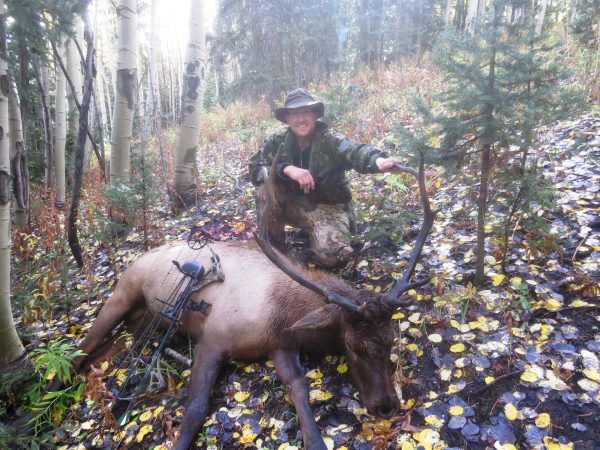
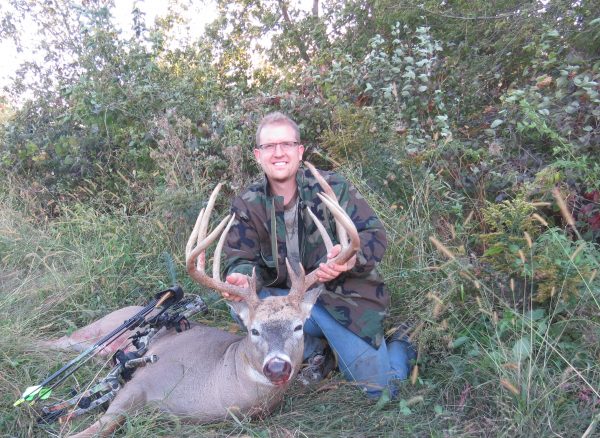

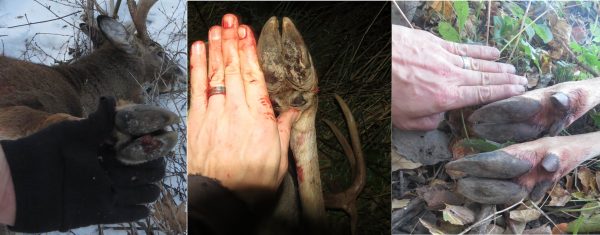

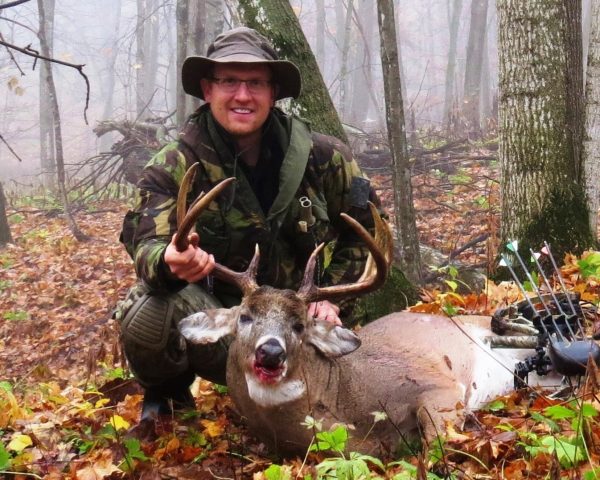
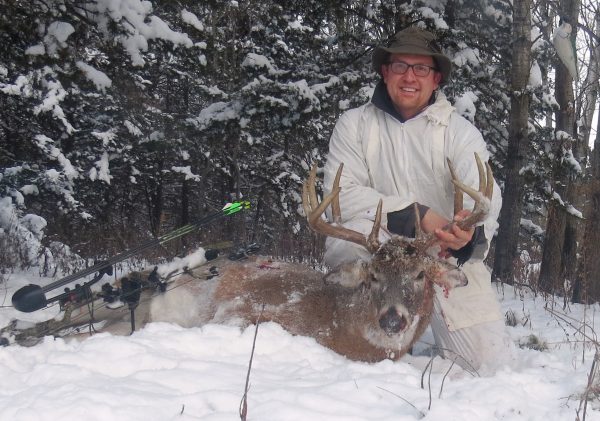
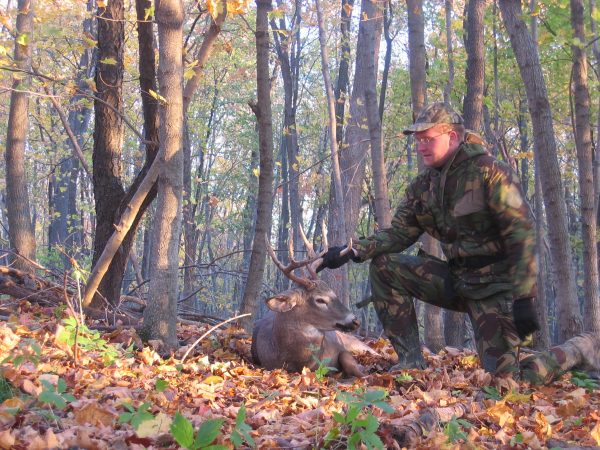




Conversation